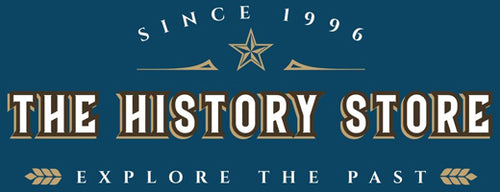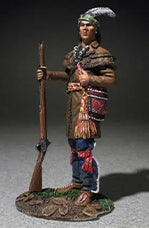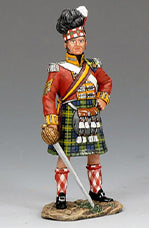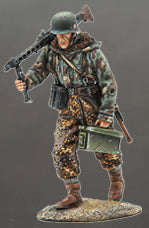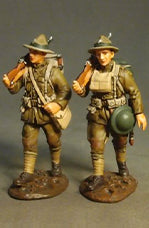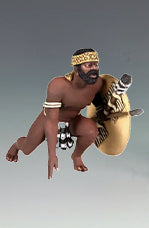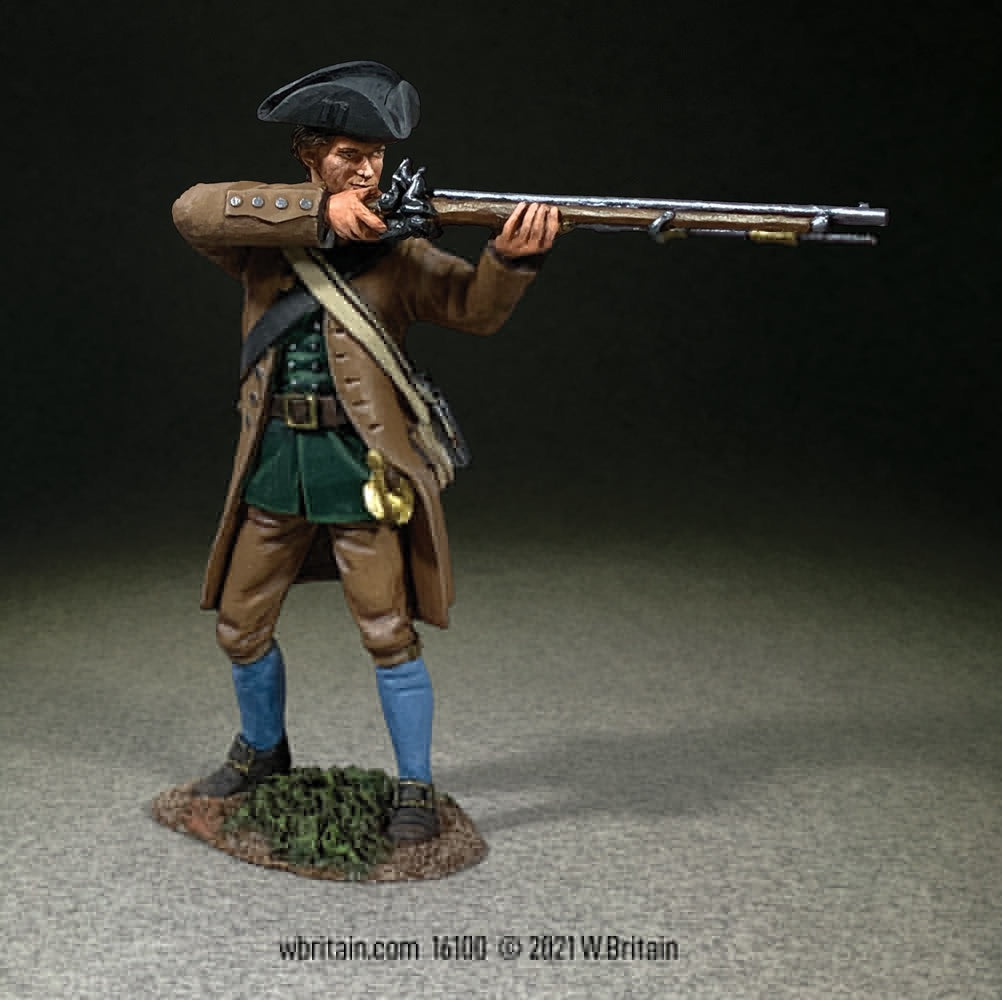16100 Colonial Militia Standing Firing, No.3
Couldn't load pickup availability
Despite the wide variety of long arms with which the first colonial militias were armed, many of the members not only had some basic training in firing by company, but may have had practical experience in marksmanship and hunting. This made them fairly effective, especially fighting in small groups in a rural or frontier environment. In most professional armies, the soldiers were well trained to give fast co-ordinated volleys by section, platoon, and company, but usually only the light companies were trained for accuracy. Although mass firings were still very effective on a conventional battlefield, most of the early confrontations did not play out as a textbook exercise, giving marksmanship an advantage. Warfare in North America already had a history of picking out specific targets, notably officers, to such a degree that most British units on active campaign, and the Continental Army counterparts, played down the difference in dress between the ranks to make the officers less conspicuous on the battlefield.
